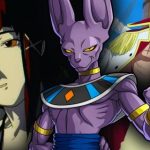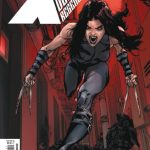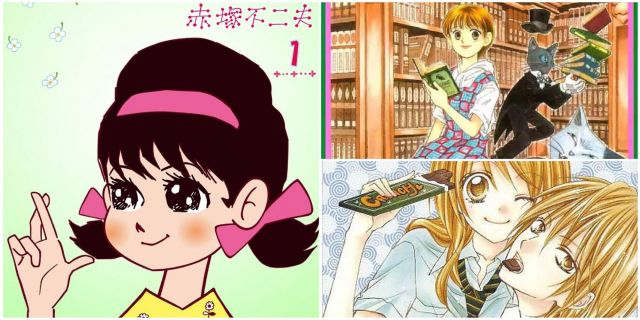Highlights
- Shonen Jump is the biggest magazine for shonen manga, while shojo manga is spread across three magazines, including Nakayoshi, Ciao, and Ribon.
- Ribon had classic shojo titles like Himitsu no Akko-chan, the first magical girl manga, and Sally the Witch, which became the first magical girl anime.
- Ribon also pushed boundaries in the 1970s with more mature and dramatic themes, including Ryoko Yamagishi’s Shiroi Heya no Futari, credited as the first modern yuri/girls’ love manga.
When it comes to shonen manga, there isn’t a bigger magazine than Shonen Jump. They’ve featured the genre’s biggest hitters from Dragon Ball and Naruto to One Piece and My Hero Academia. But the shojo market is different. While primarily aimed at young girls, the genre’s softer art styles, intimate dramas, and mature themes have appealed to all audiences.
Related: Great Shojo Manga That Started in 2022
But there’s no singular ‘Shojo Jump’ for readers to find the most popular shojo series. Instead, they’re spread across three magazines. Nakayoshi had Sailor Moon. Ciao had Revolutionary Girl Utena. But their next biggest rival, Ribon, had these classic titles.
10 Himitsu no Akko-chan
1962-1965.
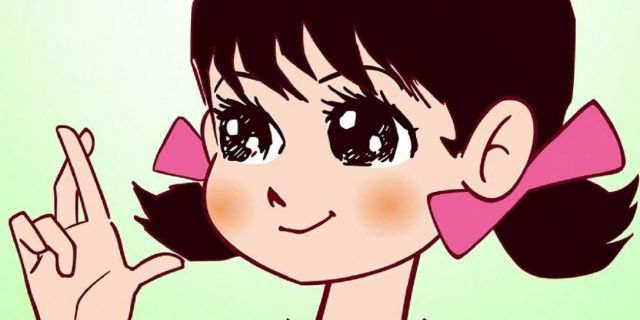
- Written & Illustrated by Fujio Akatsuka.
- Japanese Only.
The late Fujio Akatsuka is more well-known for created Osomatsu-kun, a gag manga series that influenced the new Osomatsu-san series and that one scene of Godzilla dancing in Monster Zero. But he’s also credited with creating the first magical girl manga with Himitsu no Akko-chan (‘Akko-chan’s Secrets’). It was about Atsuko ‘Akko-chan’ Kagami, who accidentally breaks a mirror she received as a present.
Instead of throwing it in the trash, she buries it, which the Queen of the Mirror Kingdom sees as a sign of respect. As a reward, she gives Akko a magic mirror and some enchantments that’ll grant her anything she wishes. While the original series ended in 1965, it’s seen multiple revivals over the past few decades.
9 Sally the Witch
1966-1967
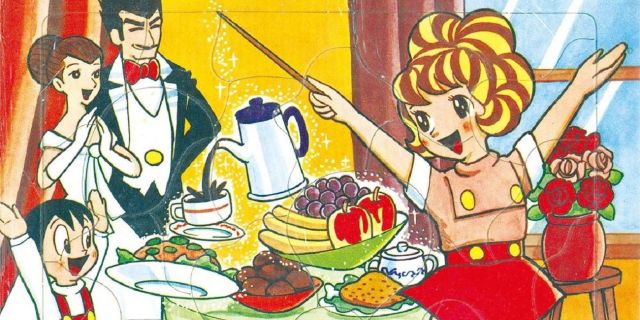
- Written & Illustrated by Mitsuteru Yokoyama.
- Japanese Only.
If having the first magical girl manga wasn’t enough, Ribon also had the second in Mitsuteru Yokoyama’s Sally the Witch. For an extra wrinkle, Sally got adapted into an anime before Himitsu no Akko-chan, debuting on TV 3 years prior in 1966. So, while it’s the second magical girl manga, it became the first ever magical girl anime.
Sally saw its titular character, the Princess of the Magic Kingdom, wish she could make friends in other realms. So, when she accidentally teleports herself to the ‘mid-world’ (Earth), she gets her chance to befriend two schoolgirls, Yotchan and Sumire, when she uses her magic to save them from some bullies. In return, they help her adjust to life on earth, and keep her powers secret.
8 Shiroi Heya no Futari
1971
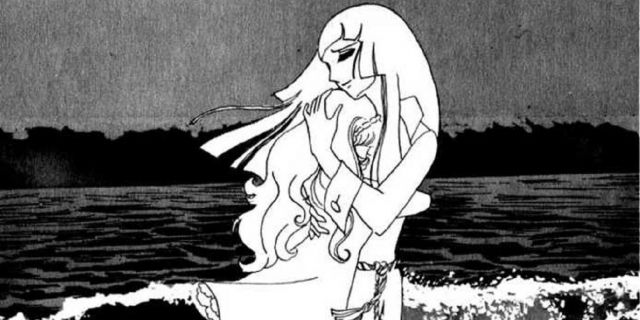
- Written & Illustrated by Ryoko Yamagishi.
- Japanese Only.
For years, editors would only publish work by female mangaka if they stuck to cute, sparkly romances and gag stories. But they began pushing back against this once the 1970s rolled around, incorporating more mature, dramatic themes into their work. The most famous ones would become known as the Year 24 Group, and would include Ryoko Yamagishi and her tragic romantic story Shiroi Heya no Futari (‘The Couple in the White Room’).
Related: Best Girls Love Light Novels That Do Not Have an Anime
It was a one-shot about two girls, Resine and Simone, who were roommates at an all-girls Catholic school. At first, the two are pretty hostile to each other, but they become friends, and possibly more, to the point where they’re cast in the school’s version of Romeo & Juliet as the lead roles. While there had been stories about women loving women before, Shiroi Heya’s dramawould get credited as the first modern yuri/girls’ love manga.
7 Chibi Maruko-chan
1986-2022
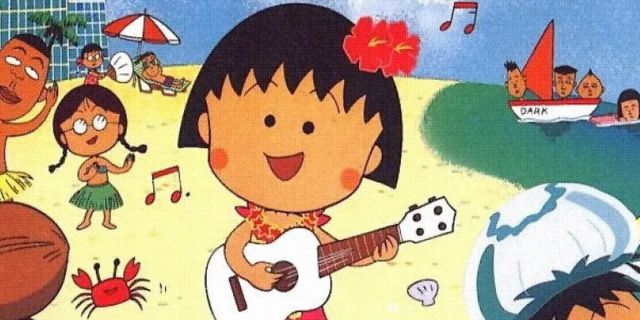
- Written & Illustrated by Momoko Sakura, then Botan Kohagi & Sakura Production.
- Japanese Only.
If dark yuri romances and magical girls were too fanciful for some readers, they’d enjoy the more grounded tales of Chibi Maruko-chan. It was about Momoko ‘Maruko’ Sakura, a little girl who’d draw about how she got into trouble (e.g., falling out with a sibling, trouble at school, etc.) but, with the help of her friends and family, she’d find a way to sort it all out.
The strips were semi-autobiographical too, as they were usually (but not always) based on things the real Momoko Sakura did as a kid back in her hometown. It gave her stories a touch of realism that appealed to readers of all ages, as they could relate to Momoko’s situations. Sakura sadly passed away in 2018, but her strip would continue up to 2022 via her assistant Botan Kohagi.
6 Whisper of the Heart
1989
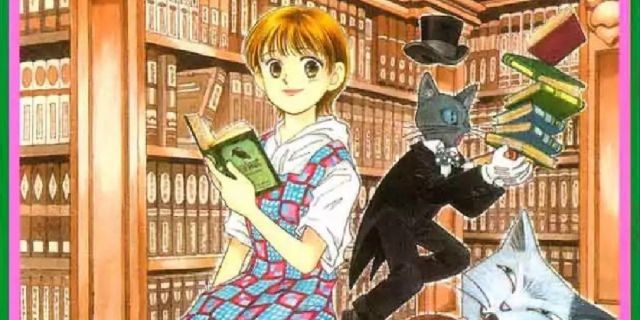
- Written & Illustrated by Aoi Hiiragi.
- Japanese Only.
People may be more familiar with Whisper of the Heart via its Studio Ghibli adaptation, which became one of the studio’s more underrated classics. But it wasn’t an original creation by them, nor by its director Yoshifumi Kondō. It began life as a Ribon manga called Mimi wo Sumaseba (‘If You Listen Carefully’) by Aoi Hiiragi.
Both are about a book-loving young girl called Shizuku, who notices her library books were previously checked out by a boy called Seiji. Fate then intervenes when Shizuku is led by a cat towards an unusual antique shop that happens to be visited often by the mysterious boy. The antique shop’s owner said it was “a place where stories begin”, and meeting Seiji is just the start of Shizuku’s adventure.
5 Marmalade Boy
1992-1995
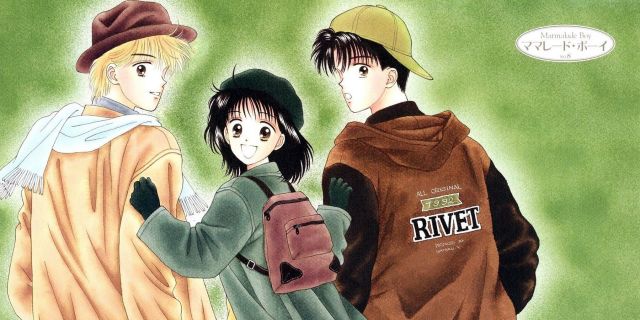
- Written & Illustrated by Wataru Yoshizumi.
- Available in English via Seven Seas Entertainment.
Wataru Yoshizumi’s Marmalade Boy was one of Ribon’s top titles, and it produced one of the more notorious anime adaptations too. The original Japanese series was fine, but its Italian version Piccoli Problemi di Cuore (‘A Little Problem with the Heart’) re-edited, re-dubbed, and changed it so much that it ended up telling a completely different story.
Related: Dubbed Anime That Changed the Original Meaning
Originally, it was about a girl called Miki, whose parents end up divorcing and swapping partners with a couple they met on vacation. She’s shocked by this sudden change to her life but agrees to this new arrangement, mainly so she can get to know her new stepbrother Yū. At first, he comes off as a jerk, but the two soon warm up to each other, becoming the best of friends in an unusual family arrangement.
4 Kodomo no Omocha
1994-1998
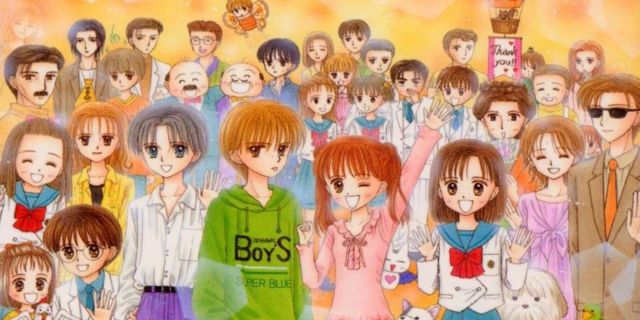
- Written & Illustrated by Miho Obana.
- Available in English via Tokyopop (now out of print).
Staying in romcom territory, Kodomo no Omocha (‘Child’s Toy’) is about Sana, a child actress who tries to stop Hayama, her school’s worst delinquent, from causing trouble. He’s been getting away with all sorts because he’s been blackmailing the teachers, so Sana and her friends try to fight fire with fire by doing the same to him.
Eventually, Sana discovers Hayama’s been lashing out at others because his mother died while giving birth to him, and his family still hold that against them. So, Sana helps them process their grief, and she and Hayama gradually become friends. Together, they help each other and their peers with their problems. It received an OVA to mark Ribon’s 40th anniversary in 1995 but would eventually get a full series the following year by Studio Gallop.
3 Full Moon wo Sagashite
2002-2004
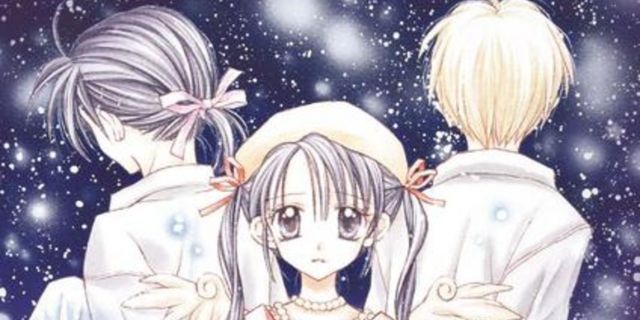
- Written & Illustrated by Arina Tanemura.
- Available in English via Viz Media.
Inspired by Momoko Sakura, Kei Kusunoki, and even Hideaki Anno, Arina Tanemura would become one of Ribon’s most popular and prolific manga authors. While she’s now gone freelance, some of her best strips were published in Ribon’s pages, from Phantom Thief Jeanne to Full Moon wo Sagashite. The latter was about Mitsuki, a young girl who dreams of becoming a singer to reunite with her first love Eichi.
However, she ends up getting throat sarcoma, where her only hope of survival involves a surgery that’ll ruin her voice. To drive it home, she gets visited by two shinigami who reveal she has one year left to live. So, she makes a deal: if the shinigami help her become a singer, she’ll let them take her soul when her time’s up. They do so, and she becomes a rising star under the name ‘Full Moon’, which is only the start of her problems.
2 Love-Berrish!
2005-2007
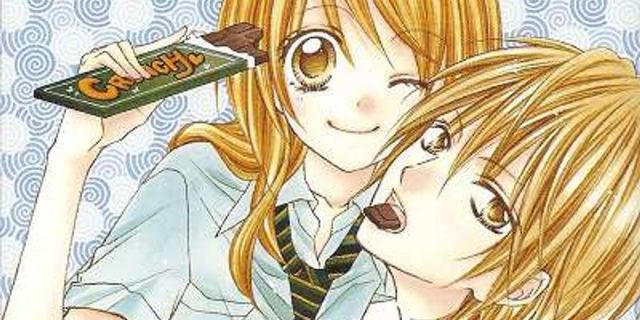
- Written & Illustrated by Nana Haruta.
- Japanese Only.
Compared to Full Moon’s supernatural romance, and Kodomo no Omocha’s child star therapy, Love-Berrish is more down-to-earth. Created by Nana Haruta, one of Ribon’s youngest mangaka at the time, it saw a young woman called Yūya get sent to Natsuka Academy, a prestigious boarding school. Unfortunately, she gets assigned to Raspberry Dorm, where the school sends its outcasts and delinquents.
Related: School Anime Everyone Should Watch
She has to get used to the blunt and rude Nagisa, the bubbly and childlike Emi, Emi’s admirer Kon, and the trans woman Ame. They annoy her so much that she tries to transfer, but she’s talked out of it by Azusa, Nagisa’s more considerate best friend. In time, she warms to her dormmates, particularly Azusa, but she has another admirer waiting in the shadows.
1 Not Your Idol
2018-Present
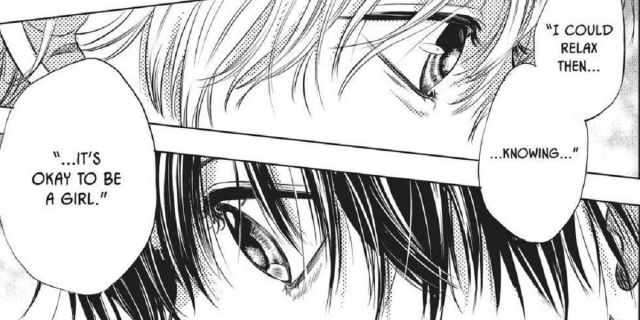
- Written & Illustrated by Aoi Makino.
- Available in English via Viz Media.
Finally, one of Ribon’s most popular modern strips Not Your Idol took a look at the darker side of fame. It saw the pop group Pure Club lose its center member, Karen, after she gets attacked by a man in a hood. She survives, but she leaves the band and disappears from public view. Then she changes her name to Nina Kamiyama, and starts dressing like a boy to avoid unwanted attention.
She keeps to herself, even after the schoolgirls in her area come under threat of a serial assailant. But Hikaru, one of her classmates, discovers her secret and, unbeknownst to the both of them, so does her original attacker. The manga’s exploration of femininity, and the parasocial relationship between idols and their fans earned it a keen audience, and favorable comparisons to the psychological thriller Perfect Blue.
